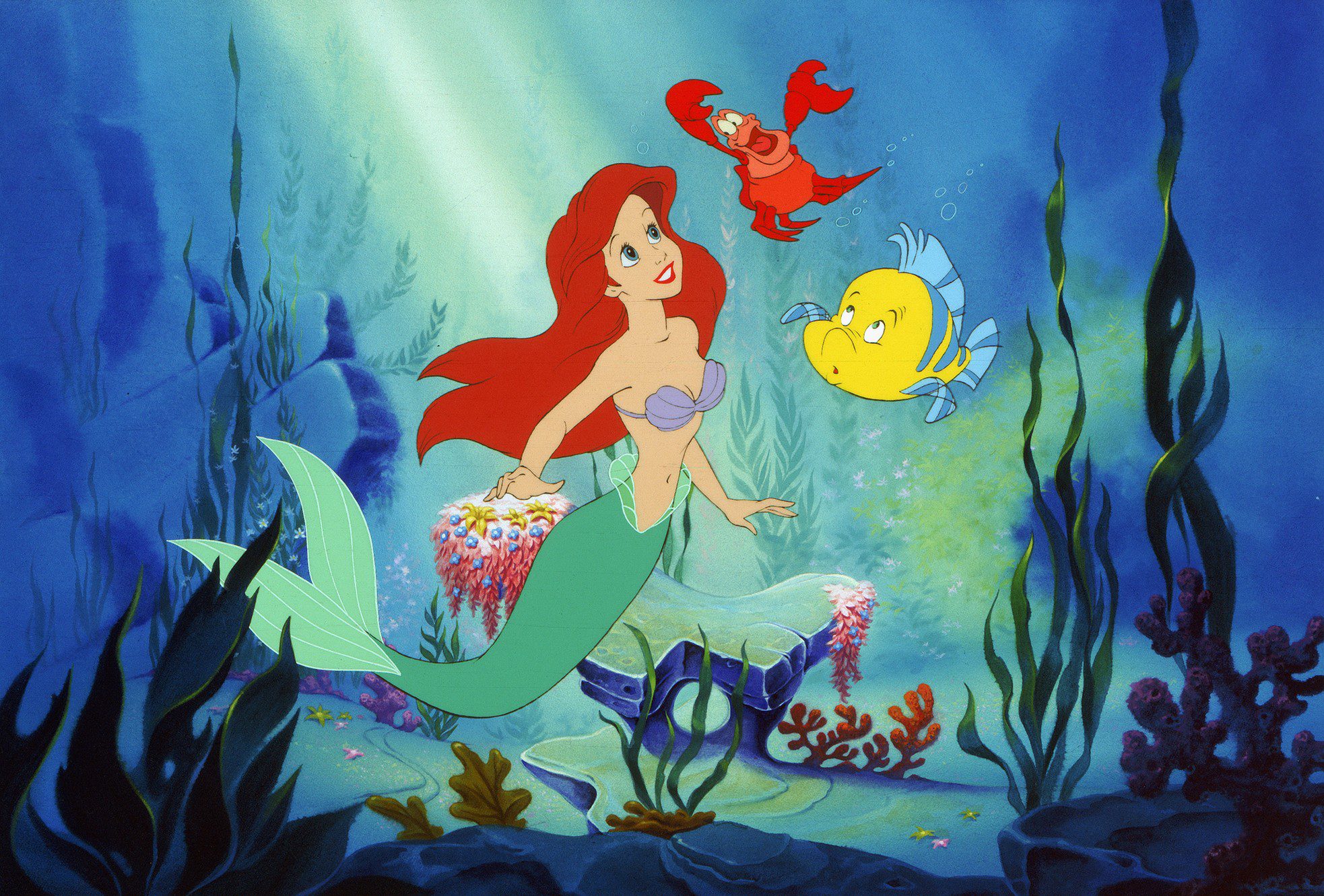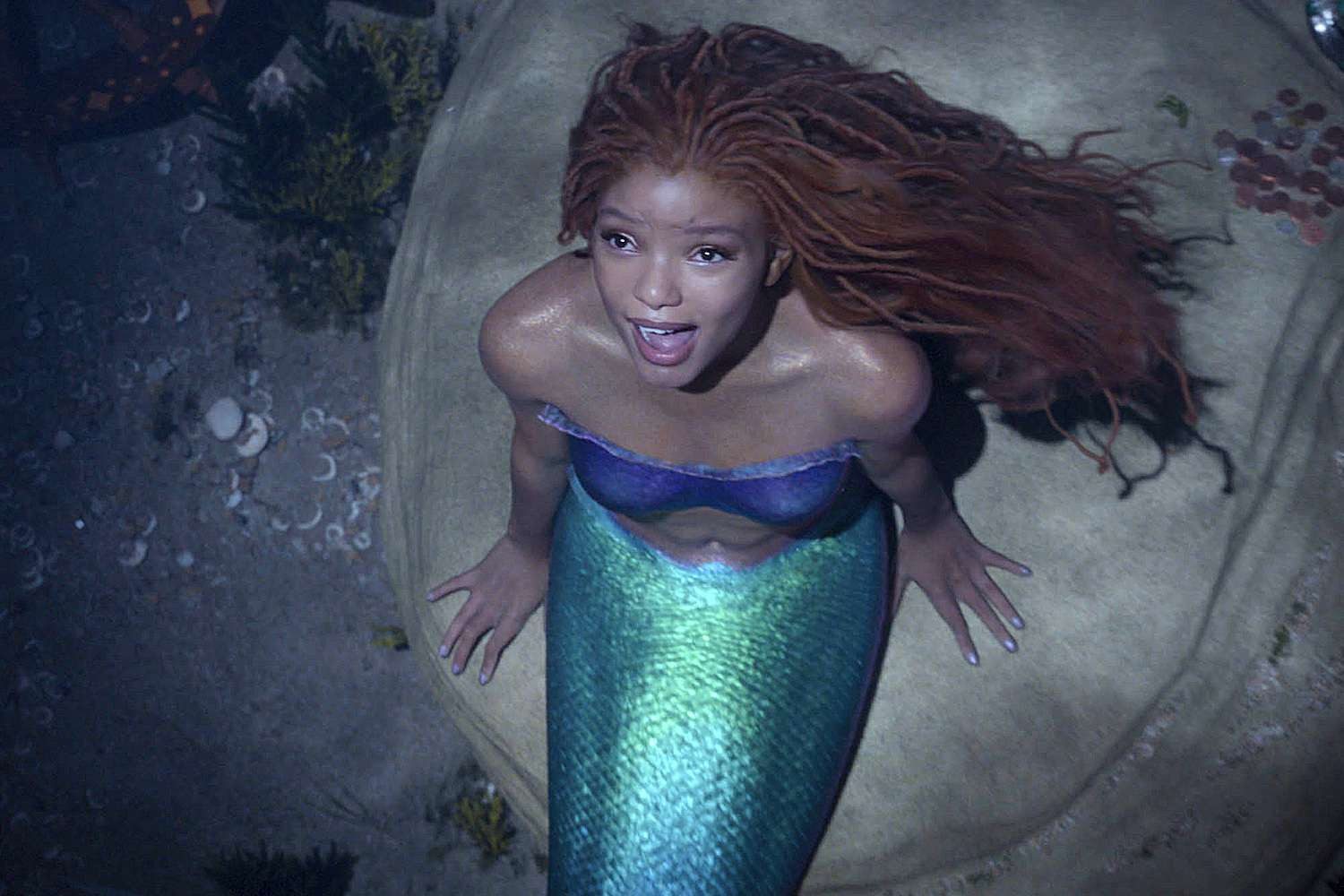On many forums, audiences have expressed that the film industry does not respect the original concept and has destroyed the image of Princess Ariel from the animated version released in 1989.
The hashtag #notmyariel has become a trending topic on social media platforms.
The film’s trailer has received 1.5 million dislikes along with many negative comments focused on the character’s skin color, prompting YouTube to hide the dislike count and disable all commenting features. So, why is the online community so outraged and bent on condemning a film that hasn’t even been released yet?
The Little Mermaid is a fairy tale by Hans Christian Andersen, why must Princess Ariel have white skin?
The story of The Little Mermaid was written by the Danish author Hans Christian Andersen (Andersen fairy tales), published in 1837. From the very first sentence, he introduced the mermaid with a description that she lived in “a deep sea, in the depths of the ocean that no ship has ever reached…”
It is clear that the author did not intend for the mermaid to be of any specific race, and no one has ever claimed that the mermaid from Andersen’s tale has Danish nationality. Therefore, it makes no sense for the character to have to be portrayed with white skin simply because she is a mermaid.
Can a mermaid living under the sea not have dark skin?
From a scientific standpoint, if mermaids truly existed, their skin color could vary greatly depending on the environmental conditions of their underwater habitat. However, not all marine creatures would have the same physical characteristics. Considering that mermaids might surface and interact with humans, it could be inferred that their skin could be uniquely structured to adapt to different environmental conditions.
But speaking of mermaids … is just a hypothetical situation. Hence, diving into scientific debates about a fictional character is simply a waste of time. The decision to create a character lies in the hands of the author or filmmakers, and the logic of the character is dependent on how the story is crafted.
Is Princess Ariel’s skin color a violation of the original concept, or is it just the age of many people?
“Original concept” mentioned here is not based on Andersen’s tale but on the animated film produced by Disney in 1989, closely linked to the generation of the 90s and the early 2000s. The beautiful princess Ariel with her white skin and vibrant red hair has become an iconic image in the “Disney princess” lineup, a standard for animated films.
It would be a misconception to believe that the upcoming live-action film is a complete replacement for the original. In fact, the two works should not be compared and are not related to each other, even though they share a similar story.
The notable difference lies in the audience’s perspective. Today’s generation is vastly different from that of the past. Film technology has also advanced significantly. Thus, the way stories are told and certain details have changed, which is essential for adapting the story of The Little Mermaid, even if it has been around for 186 years, still resonates with the current generation.
Skin color does not determine the value of a character and the work, especially with a work of fiction like The Little Mermaid. Disney has a solid foundation when it places its trust in a new talent like 23-year-old Halle Bailey, who has the ability to embody the spirit of Princess Ariel with her exceptional acting and powerful singing voice.
Not surprisingly, many were stunned when they heard the first notes from Halle Bailey’s voice in the trailer.
No one has ever encountered a real mermaid to verify their skin color and personality. No one has yet seen the live-action version of The Little Mermaid to know if it is good or bad. The story has not yet been completed, and the music has not yet been played. Let’s wait until the film is released before we praise or criticize it. All that matters is the story itself, where skin color does not play a role.
























